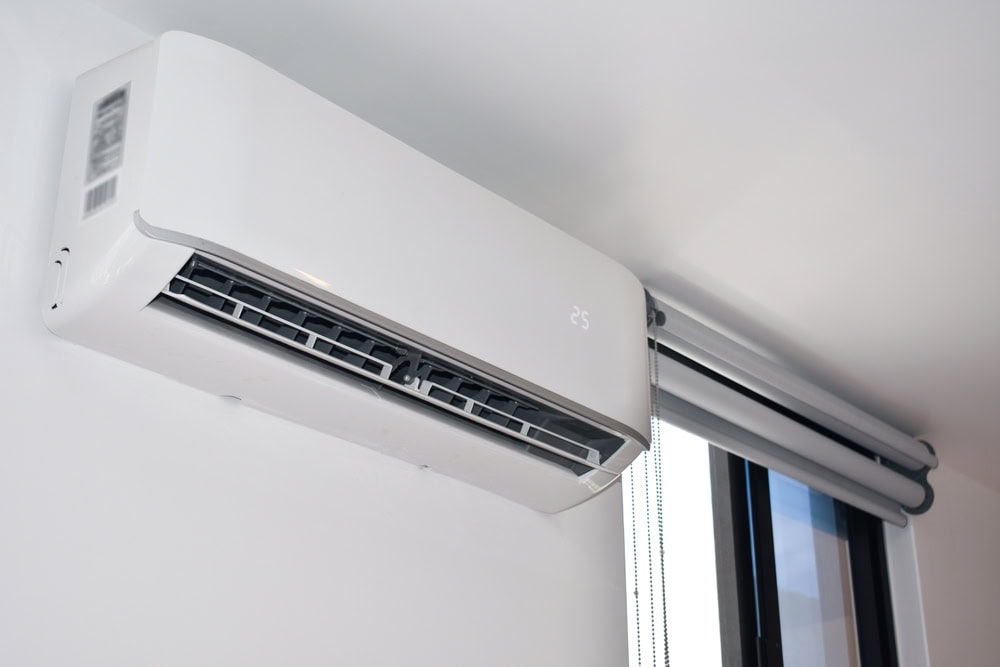Dusty vents and dry air aren’t just annoying; they’re signs your HVAC system may need a closer look. Find out how to get healthier indoor air at home with simple solutions from Dempsey Energy.
Share:

Your HVAC filter is a helpful first step, but it’s not built to solve every indoor air issue. Standard filters mostly catch larger debris, such as pet hair, visible dust, and lint. When it comes to smoke particles, airborne bacteria, or volatile organic compounds (VOCs), standard filters don’t do much. If someone in your home deals with asthma, frequent colds, or dry skin, the filter may not be doing enough.
In many Southeastern Massachusetts homes, we find that poor indoor air quality isn’t due to what’s coming into the house; it’s from what’s already in it. Dust buildup in ductwork, lack of airflow between rooms, or oversaturated air can all contribute to air quality issues, which is why we look at the entire system and how it moves air, not just the filter itself.
Think of your home like a living space that inhales and exhales. When ventilation is balanced, fresh air enters and used air exits smoothly. But many homes – especially older ones – lack the ventilation updates that are needed to support that cycle. Without proper airflow, rooms become stuffy, air lingers longer, and pollutants build up over time.
Improving ventilation can be as simple as adjusting how air is distributed through your ductwork or making space for more natural airflow through passive vents. If your HVAC system isn’t keeping up, even something as routine as cooking or showering can throw things off. We can help you explore these overlooked elements and suggest realistic upgrades that don’t require overhauling the entire system.
Think of your home like a living space that inhales and exhales. When ventilation is balanced, fresh air enters and used air exits smoothly. But many homes – especially older ones – lack the ventilation updates that are needed to support that cycle. Without proper airflow, rooms become stuffy, air lingers longer, and pollutants build up over time.
Improving ventilation can be as simple as adjusting how air is distributed through your ductwork or making space for more natural airflow through passive vents. If your looking for an Hvac Contractor we can help with your hvac system if isn’t keeping up, even something as routine as cooking or showering can throw things off. We can help you explore these overlooked elements and suggest realistic upgrades that don’t require overhauling the entire system.
Your ductwork moves air from your furnace or AC throughout your house, but if it’s not clean or balanced, it can also spread dust and pollutants from room to room. Over time, buildup inside ducts can reduce airflow and worsen allergy symptoms. It can also throw off your HVAC system’s efficiency, making it harder to keep a consistent temperature in every room.
Ductwork services don’t just help with heating and cooling; they support cleaner air overall. We often recommend inspecting for buildup, leaks, or disconnected joints that allow unwanted air and particles in. Even something as minor as sealing a loose duct can improve how well air circulates and what quality that air holds.
If you’ve added a new room, changed insulation, or rearranged how you use your living space, your HVAC system might not be distributing air the way it needs to. As a result, one room could end up feeling hot while another stays chilly, even though the system itself is running. It also makes indoor air quality harder to manage, since airflow might not be reaching all parts of your home evenly.
The pros at Dempsey Energy will take a look at how your system moves air across your home and make any necessary adjustments, whether it’s redirecting airflow, resizing a duct, or upgrading to a zoned control system. We also explore if mini split systems or ventilation services might help address specific hot or cold spots that aren’t served well by your existing setup.
Your thermostat does more than control temperature; it affects humidity and circulation. Using a programmable or smart thermostat lets you set the fan to run periodically throughout the day, so air continues to move, even when the system isn’t heating or cooling. This helps to prevent the air from going stale and supports better air mixing between rooms.
We recommend reviewing your thermostat settings seasonally, especially during transition months when temperatures and humidity levels fluctuate. A quick reset can help keep your air fresher, your energy bills more predictable, and your comfort levels more stable. If your system is older, it might also be time for a thermostat installation that offers more control and flexibility over how your home “breathes.”
Improving your indoor air quality doesn’t mean replacing your entire HVAC setup. It starts with small adjustments, like cleaning the ductwork, improving airflow, and checking how your system is functioning in real time. From fixing ventilation issues to reducing moisture and balancing circulation, each step helps you achieve healthier, more breathable air. At Dempsey Energy, we can help you take control of your home’s indoor air. Whether you’re dealing with dry air, inconsistent airflow, or stuffy rooms, our team can help you make changes that fit your home and your system. Let’s figure out what’s holding your air quality back and get it back on track.
Article details:
Share: